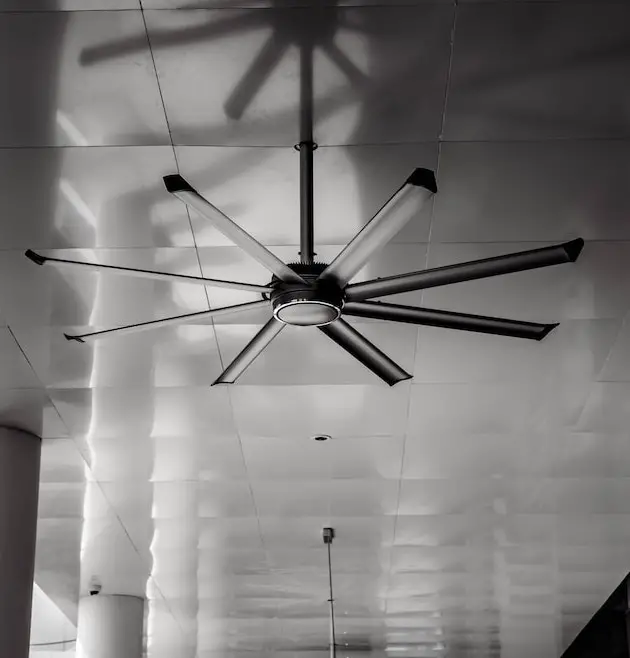Ceiling fans have become a popular addition to many homes around the world, providing a cost-effective and energy-efficient way to cool down a room. They not only help to circulate air but also add a touch of style to the interior decor.
However, one common question that often arises when purchasing a ceiling fan is, “How many blades make the best airflow?” In this blog post, we’ll dive into this topic and explore the science behind it.
how many blades are best?
The number of blades on a ceiling fan can vary, with some models having two, three, four, five, or even six blades. While the number of blades on a ceiling fan can influence its overall appearance, it is not necessarily an indicator of how well it will perform. The effectiveness of a ceiling fan depends on various factors such as blade pitch, motor power, and the size of the blades.
Traditionally, ceiling fans have been designed with four or five blades. The belief was that a higher number of blades would move more air and provide better cooling. However, recent studies have shown that the number of blades on a ceiling fan does not necessarily correspond to its effectiveness.
Need to know if your Ceiling Fan has gone bad? Click here!
Research has shown that ceiling fans with fewer blades, such as two or three, can actually perform better than those with more blades. This is because fewer blades produce less drag and, as a result, require less power to operate. This means that ceiling fans with fewer blades can operate at higher speeds without consuming more energy, resulting in more efficient airflow.
Additionally, the angle, or pitch, of the ceiling fan blades is also an important factor to consider. The steeper the blade pitch, the more airflow the fan can produce. This is because a steeper pitch allows the blades to create more airflow with each rotation, resulting in better air circulation and cooling.
In summary, the number of blades on a ceiling fan is not the only factor to consider when looking for the best airflow. The angle of the blades and the motor power also play a critical role in how well the fan performs. While ceiling fans with four or five blades may look more traditional, those with two or three blades may be more efficient and provide better airflow. Ultimately, the best ceiling fan for your home will depend on your individual preferences and needs.
How to increase ceiling fan airflow
Ceiling fans are an excellent way to cool your home, but their effectiveness can be limited if they’re not generating enough airflow. Fortunately, there are several simple and effective ways to increase the airflow of your ceiling fan.
Firstly, make sure your ceiling fan is spinning in the right direction. During the summer, the blades should rotate counterclockwise, which will push air downwards and create a cooling breeze. In the winter, you should reverse the direction of the blades clockwise, which will pull cool air up toward the ceiling and push warm air back down to the living space. By ensuring your ceiling fan is spinning in the correct direction, you can maximize its effectiveness and increase the amount of airflow it produces.
Secondly, consider installing a ceiling fan with a larger blade span. Ceiling fans with larger blades can move more air, creating better airflow and cooling. In addition, fans with larger blades can often operate at slower speeds, which means they consume less energy while still providing effective cooling. When selecting a new ceiling fan, be sure to consider the size of the room where it will be installed and choose a fan with an appropriate blade span. By following these tips, you can increase the airflow of your ceiling fan and keep your home cool and comfortable.

